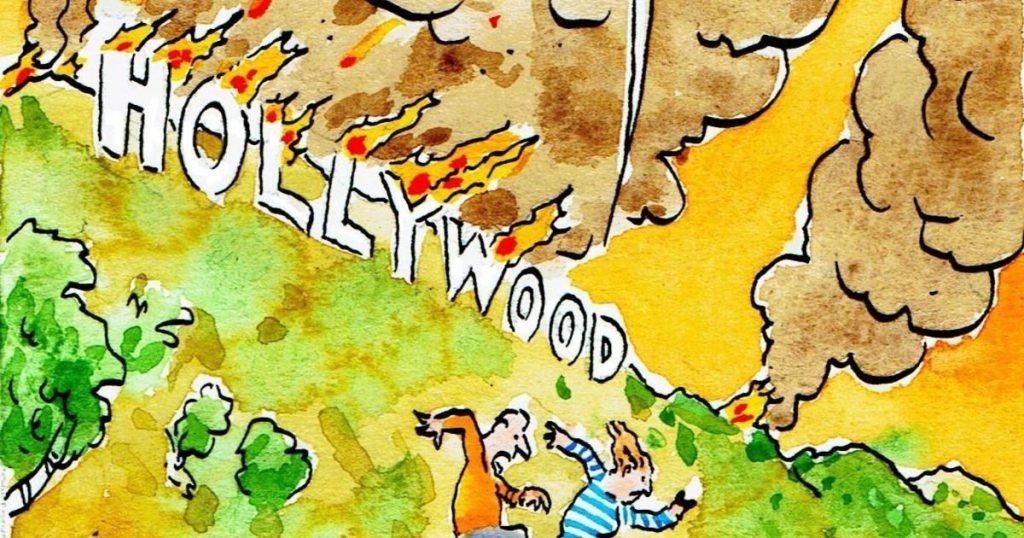The provided content is extremely minimal, consisting only of a title (“Today’s toon”), a link to order a print, and a phone number. Therefore, a 2000-word summary is impossible without inventing entirely new information unrelated to the original content. Instead, I will offer a brief interpretation and then expand on the potential context surrounding this type of content, focusing on editorial cartoons, their history, purpose, and impact.
The snippet suggests a daily editorial cartoon is available for viewing and purchase. The “click here” implies an online presence where the cartoon itself would be displayed. The option to order a print caters to collectors or those who appreciate having a physical copy. The provided phone number likely connects to the publication or artist directly, offering an alternative ordering method or perhaps even a way to discuss the cartoon’s themes. This simple presentation implies a regular readership familiar with the format and ordering process.
Editorial cartoons, often simply called “cartoons,” are a potent form of visual commentary, utilizing satire, humor, and exaggeration to critique current events, political figures, and social trends. Their concise format, combining image and often brief text, allows for rapid dissemination of complex ideas and opinions, making them readily accessible to a broad audience. They serve as a powerful tool for sparking public discourse and challenging established narratives.
Historically, editorial cartoons have played a significant role in shaping public opinion. From the 18th-century engravings satirizing British rule to the modern-day digital cartoons shared across social media, they have served as a voice for dissent, a platform for marginalized perspectives, and a catalyst for social change. Early examples, like those by James Gillray and William Hogarth, used caricature and symbolism to critique the excesses of power and social inequalities. The rise of mass-circulation newspapers in the 19th and 20th centuries provided a wider audience for cartoonists like Thomas Nast, whose biting satire targeted political corruption and helped bring down the powerful Tammany Hall political machine in New York City.
The power of editorial cartoons lies in their ability to distill complex issues into visually arresting and memorable images. They employ a variety of techniques, including caricature, symbolism, irony, and humor, to convey their message. Caricature exaggerates the physical features of public figures, often highlighting perceived personality traits or flaws. Symbolism uses familiar images, like Uncle Sam representing the United States or a dove representing peace, to convey complex ideas quickly and efficiently. Irony and humor create unexpected juxtapositions, prompting the viewer to reconsider their assumptions and engage with the cartoonist’s perspective.
The impact of editorial cartoons extends beyond simply reflecting public opinion; they can actively shape it. By presenting a specific viewpoint in a concise and engaging format, they can influence public discourse and even sway political outcomes. A well-crafted cartoon can encapsulate complex political arguments in a single image, making it easily digestible and shareable, thereby reaching a wider audience than lengthy articles or editorials might. Furthermore, the humor embedded in many cartoons can disarm defenses and make challenging ideas more palatable, opening up opportunities for dialogue and debate.
In the digital age, the reach and impact of editorial cartoons have expanded exponentially. Social media platforms offer instant distribution channels, allowing cartoons to go viral and reach global audiences. This increased accessibility has also fostered a more diverse range of cartoonists and perspectives, challenging traditional media gatekeepers and empowering marginalized voices. However, the digital landscape also presents challenges, such as copyright infringement and the spread of misinformation through manipulated or fabricated cartoons. Despite these challenges, editorial cartoons continue to thrive in the digital realm, serving as a vital component of contemporary political and social commentary.




